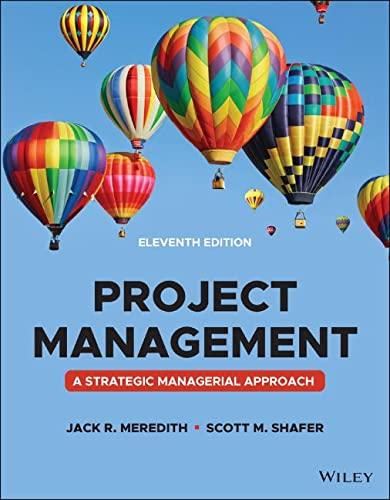Question
Consider a cable placed in orbit at the equator, aligned along a radius from the center of the Earth, and orbiting so that the cable
Consider a cable placed in orbit at the equator, aligned along a radius from the center of the Earth, and orbiting so that the cable appears suspended in space above a fixed point on the equator. The bottom of the cable is at the surface of the earth. Assuming that the cable has uniform mass per unit length (and is strong enough not to break), find the length of the cable.
a. Consider the centripetal and gravitational forces and find the geostationary radius where the forces balance. Let us call this R0. Below this point, the cable experiences a net downward force. Above this point, the cable experiences a net upward force. Express your answer in terms of the gravitational constant (G), the Earth mass (M) and the rotational velocity of the Earth (). For now, it is better to avoid numerical values. We will insert those in the last step.
b. For some length of the cable, the total force on the cable will be zero. The upper portion will hold up the lower portion. To find this length, it will be necessary to integrate the force over the length of the rope. Consider an infinitesimal mass element, dm, (dm = dr, where is the mass per unit length, a constant). Express the force element on dm as: dF = (ac - ag) dm, where ac & ag are the centripetal and gravitational acceleration at each radius along the cable. Integrate dF from the radius of the Earth (R) to the end of the cable (R1). For the correct value of R1 that we are trying to determine, the total integrated force will be 0.
c. It is convenient at this point to introduce dimensionless radial coordinates, scaled to R0. Let r0 = R/R0 and r1 = R1/R0. Show that the equation becomes a cubic equation in r1, r13 - (r02 + 2/r0) r1 + 2 = 0
d. Now let us introduce numbers. The rotation rate of the Earth is:
= 2/(one sidereal day) = 2/(86164.09 seconds) = 7.2921159 x 10-5 s-1.
The product of GM for Earth is: GM = 398600.44 km3s-2. Since we have both values to 8 significant places, let us try to carry that accuracy forwards. The Earth radius is R = 6378.1400 km. Using these values calculate the numerical value for R0, your answer in part a.
e. You can now determine very accurate values for r0 = R/R0 and k = r02 + 2/r0 so that you can solve the cubic equation: , r13 - kr1 + 2 = 0. This is an algebra problem. There may be various ways to solve it.
f. Finally, now that you have found r1, remember that R1 = r1 * R0, and the actual length of the cable is R1 - R, since the cable stops at the surface of the Earth.
O-----) -----------------------------------O--------------------------------------------------
|- R -|
|---------------------------R0-------------|
|----------------------------------------R1---------------------------------------------------|
Step by Step Solution
There are 3 Steps involved in it
Step: 1

Get Instant Access to Expert-Tailored Solutions
See step-by-step solutions with expert insights and AI powered tools for academic success
Step: 2

Step: 3

Ace Your Homework with AI
Get the answers you need in no time with our AI-driven, step-by-step assistance
Get Started


